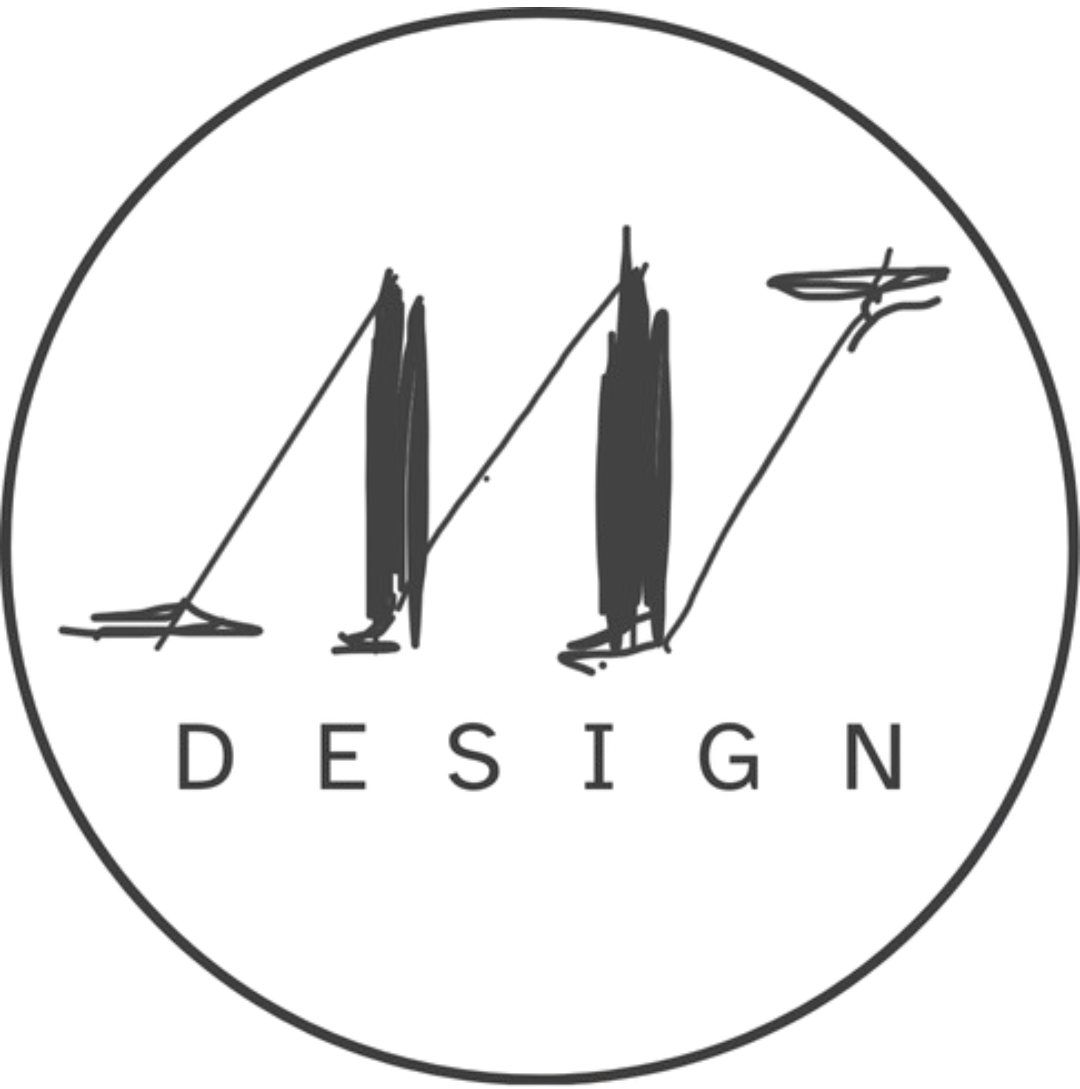Why Haussmann Style Still Works in 2025
Why has a 150-year-old French design style become a blueprint for modern luxury?
Haussmann interiors aren’t just about beauty, they’re about balance. Scale, repetition, symmetry, proportion. It’s not about adding trim for trim’s sake. It’s about creating calm through structure. Read on to learn what it is, where it began, and why it works today and for decades to come.
A Quick Primer: What Is Haussmann Style?
Baron Georges-Eugène Haussmann was commissioned in the mid-1800s to modernize Paris. The result was a city-wide redesign emphasizing order, light, and uniformity, illustrated by wide boulevards, structured facades, and beautifully detailed interiors.
Inside these buildings, the apartments followed suit:
Tall ceilings and large windows
Plaster walls with intricate panel molding and trim
Chevron or herringbone floors in oak
Marble fireplaces, brass accents, and balanced symmetry
This mix of architectural rigor and understated elegance became the blueprint for “effortless” Parisian style.
Why It Still Works Today
Modern design often leans minimal. But the Haussmann approach brings warmth and soul without fussiness. It’s about balancing soft curves, rich textures, and clean lines within structure.
Haussmann interiors create a sense of calm, even when the detailing is ornate. And because the materials are timeless (think natural stone, oak, brass), the look evolves with the home.
When It Works (and When It Doesn’t)
Haussmann style works best when:
Your space has decent ceiling height or room to fake it with tall trim (read: 10 ft +).
The home’s architecture leans traditional or transitional.
You want a look that feels tailored but not “of the moment.”
It doesn’t work well when:
The home is very modern or minimal with no connective elements.
Only one room is styled this way, while others are stark or ultra-contemporary.
The scale is off. For example, oversized trim in a low-ceilinged room can feel suffocating.
Applying Haussmann Style to Kitchen Design
The kitchen is often treated purely functionally with flat cabinets, sterile finishes, and utilitarian shapes. But when approached with Haussmann cues, it becomes something richer.
Here’s how to translate the style into a modern kitchen:
Add panel molding or framing to hoods and end panels.
Use limewash or plaster finishes in lieu of stark paint.
Opt for brass or antique-inspired hardware with classic silhouettes (cue: Cremone bolts - in moderation).
Consider herringbone flooring in a warm tone.
Integrate panel-ready appliances to maintain flow.
Introduce balance through symmetry.
Case in Point: A Timeless maryland Kitchen
One of my clients wanted a kitchen that felt European but not overly themed. We brought in Haussmann influence through:
Extra-tall white oak cabinetry with paneled details
A custom plaster hood framed like a mantel
Oak herringbone floors
Brass bistro lighting and hardware with soft curves
The result felt rooted in history but completely livable and not remotely “trendy.”
Designing in 3D: Risk-Free Refinement
The challenge with applying a historic style is knowing when to stop. Too much trim, too much curve, and suddenly it’s costume. That’s why we test everything in 3D, from cabinet proportions to molding placement and finish pairings. You get to see the balance before committing to anything permanent.
Final Thoughts
Haussmann style isn’t about copying Paris. It’s about borrowing structure, grace, and timeless materials and letting them ground your space. Whether you’re designing a brand-new kitchen or refining a renovation plan, the principles of this style will never steer you wrong.
Curious what a Haussmann-inspired kitchen could look like in your home?
Let’s build it together in 3D. Book your free discovery call →






